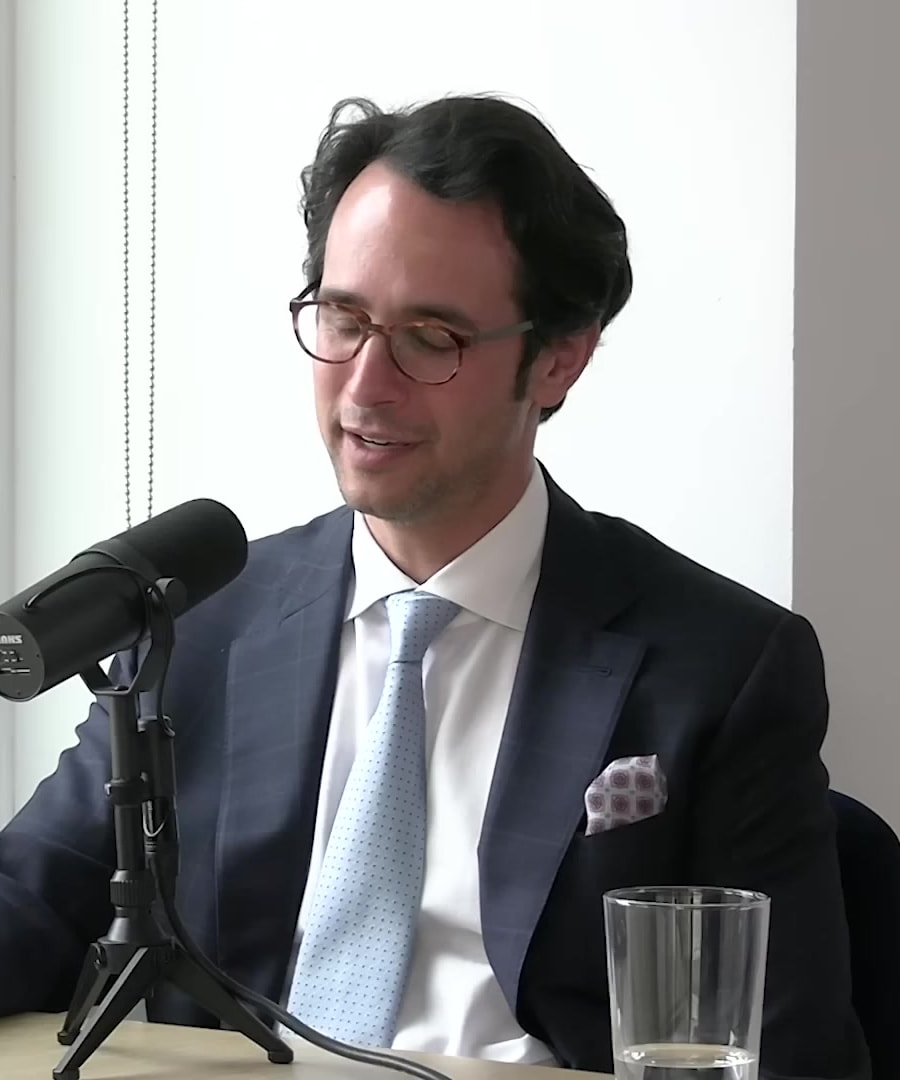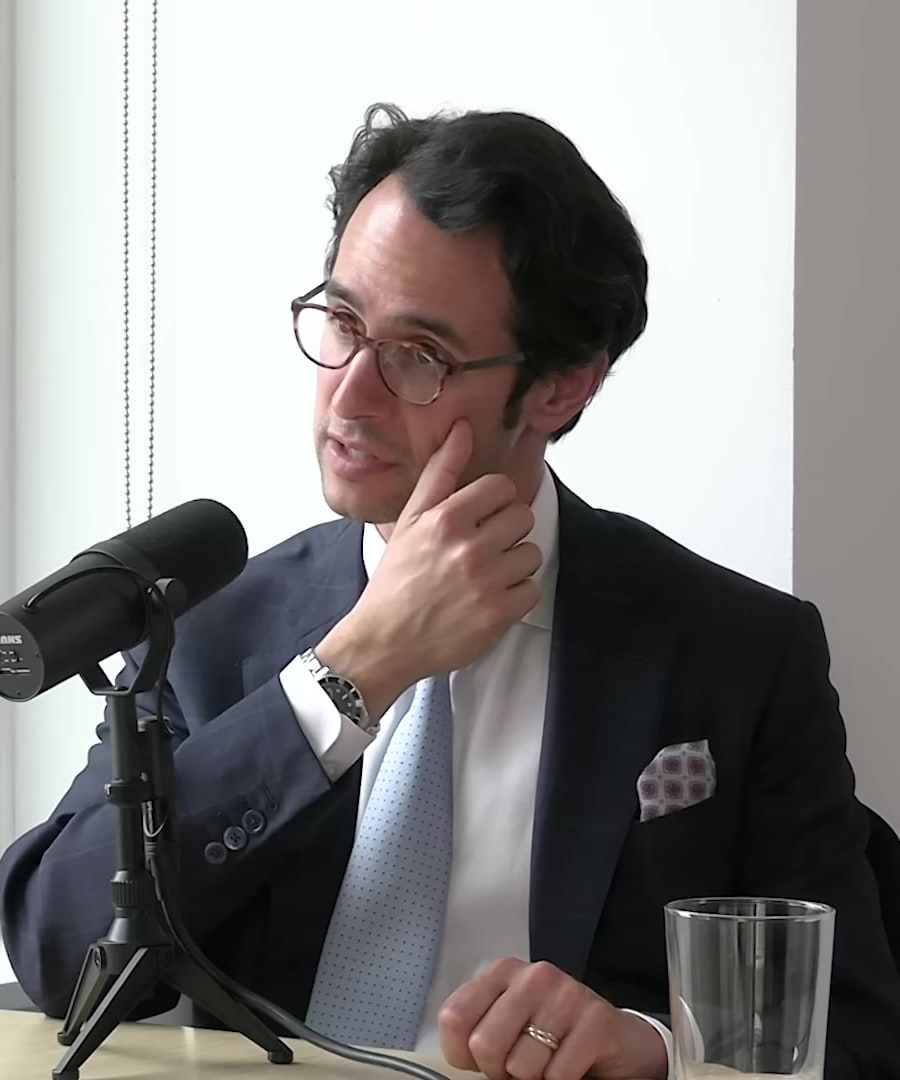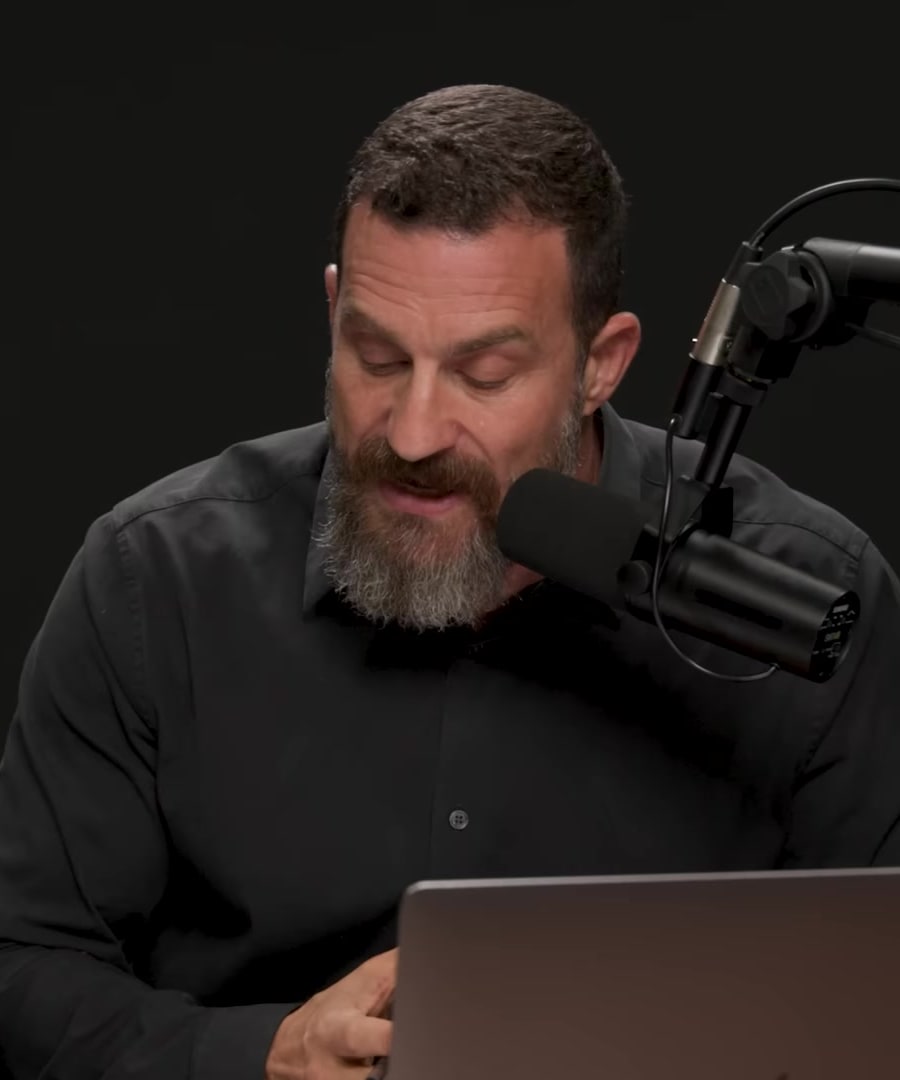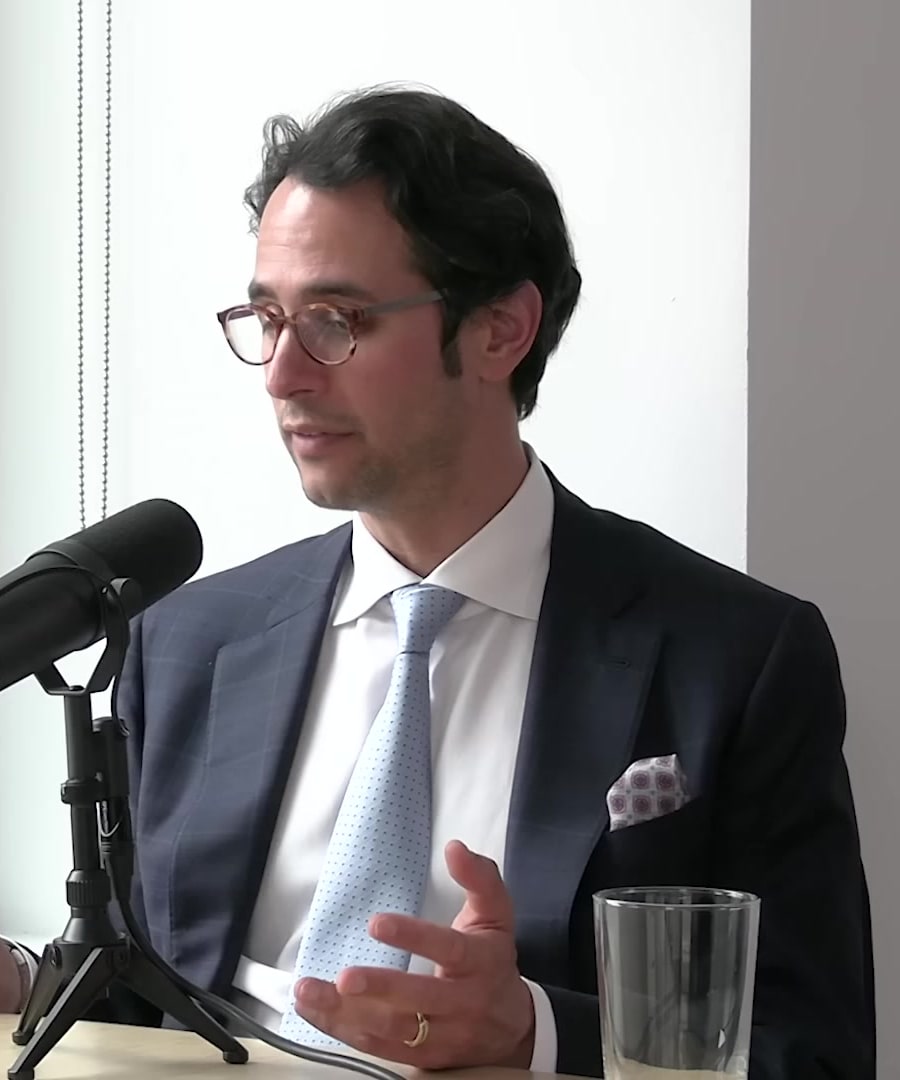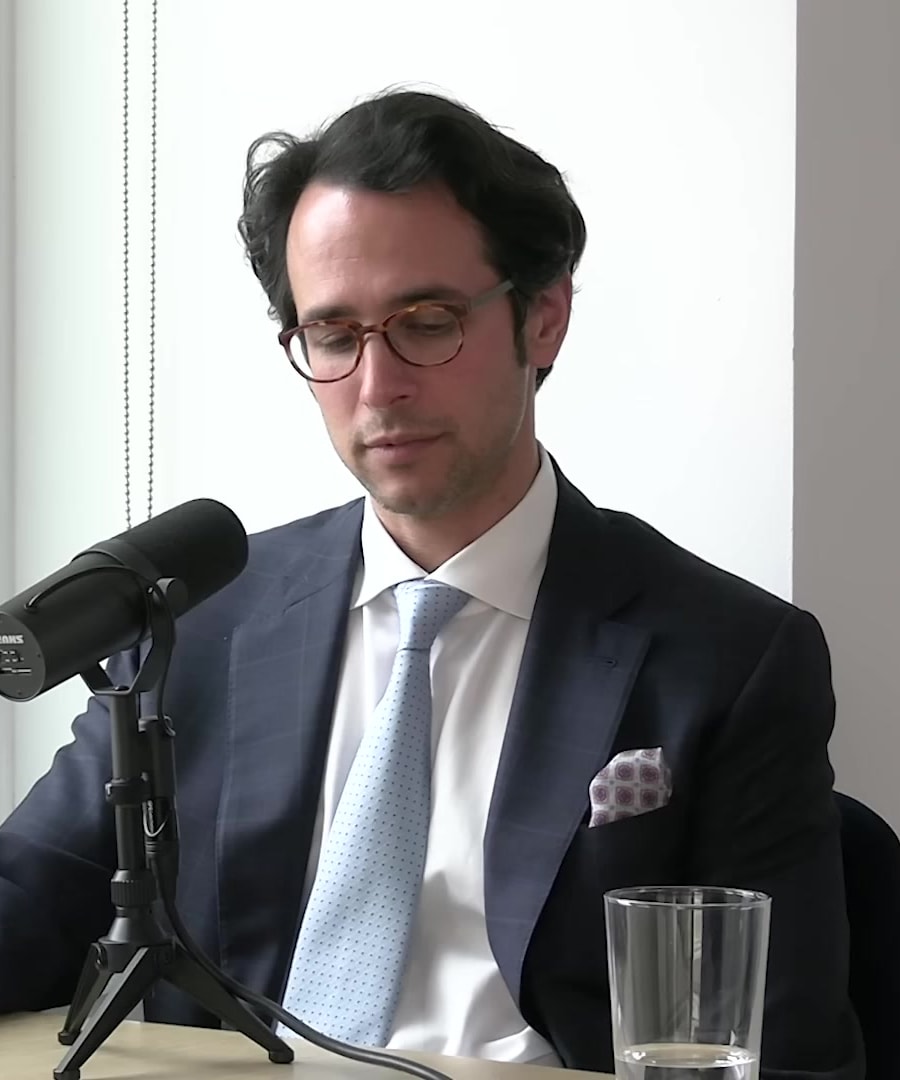what are the best strategies to overcome anorexia binge-purge subtype?
Sources:
Overcoming anorexia binge-purge subtype involves addressing both the psychological and biological aspects of the disorder. Here are some strategies based on insights from :
-
Understand the Biology:
- Anorexia and bulimia have clear biological underpinnings affecting under-eating and overeating behaviors. Understanding these mechanisms can help tailor treatment approaches 1.
-
Medication:
- Medications that increase serotonin, dopamine, and norepinephrine levels in the brain can help manage impulsivity and control behaviors. Drugs like Wellbutrin, which affect dopamine and norepinephrine, have shown promise in treating binge-eating disorders 2.
-
Behavioral Interventions:
- Behavioral interventions can be effective, especially when started early. These should ideally be combined with medication to enhance effectiveness. The approach should be holistic, addressing both the behavior and the underlying neurochemistry 3.
-
Deep Brain Stimulation:
- For severe cases, deep brain stimulation targeting the prefrontal cortex and nucleus accumbens has shown promising results. This method can modulate brain activity patterns related to food reward and impulse control 4.
-
Therapeutic Support:
- Engaging in regular therapy with a focus on developing healthy habits and coping mechanisms is crucial. Cognitive-behavioral therapy (CBT) and other evidence-based therapies can help change disordered thinking and behaviors around food.
-
Nutritional Guidance:
- Working with a nutritionist to develop balanced eating plans can support recovery and ensure the body's nutritional needs are met without triggering binge-purge cycles.
Overall, combining medication, therapy, nutritional guidance, and, in some cases, advanced treatments like deep brain stimulation, can provide a multifaceted approach to managing and overcoming anorexia binge-purge subtype. Seeking professional help and treatment tailored to the individual’s needs is essential.
RELATED QUESTIONS-
How does deep brain stimulation work for eating disorders?
Sources:
Deep brain stimulation (DBS) is being explored as a treatment for eating disorders, particularly for those who suffer from binge-eating disorder and anorexia. Here's how it works and the insights from and Dr. Casey Halpern:
-
Targeting Brain Activity Patterns:
- DBS targets specific brain areas like the prefrontal cortex and nucleus accumbens, which are involved in reward pathways and motivation. In binge-eating disorder, particular brain activity patterns, such as Delta oscillations, are associated with heightened food reward. By modulating these oscillations, DBS can reduce the hyper-reward associated with food 1.
-
Intermittent Stimulation:
- Research suggests that continuous stimulation may lead to tolerance, reducing effectiveness. Therefore, intermittent stimulation triggered by craving signals is more effective. This strategy aims to disrupt the craving-to-binge cycle by briefly elevating mood, thus breaking the association between negative emotions and binge eating 2 3.
-
Non-Invasive Approaches:
- There's ongoing research to develop non-invasive methods like transcranial magnetic stimulation (TMS) connected to deep brain structures. However, DBS remains crucial for understanding the precise targets and mechanisms involved in eating disorders 4.
-
Applications in Anorexia:
- DBS is also being studied for anorexia nervosa, focusing on similar reward and control pathways. Preliminary studies have shown benefits by targeting the nucleus accumbens and connected areas. The process involves extensive research, regulatory approvals, and careful clinical trials to assess efficacy and safety 3.
DBS for eating disorders involves careful modulation of brain circuits responsible for reward and motivation, with promising results showing that it can help manage conditions like binge-eating disorder and anorexia by addressing the underlying neural mechanisms 1 3.
RELATED QUESTIONS-
what about in the case that someone has been in a quasi-recovered state for years and doesnt actively strive to lose weight but has a lot of deeply ingrained eating disorder habits? For instance, an individual who doesn't want to lose weight and is okay with the number on the scale increasing, but can't get used to their body looking different than what they've been used to for years even if they would be happier with it if they actually gained weight? Or someone who routinely binges at a specific part of a day, every day, and not being able to stop oneself from purging certain foods that they used to see as "bad" foods despite not seeing them that way anymore?
Sources:
For individuals in quasi-recovered states with deeply ingrained eating disorder habits, deep brain stimulation (DBS) and related approaches offer some intriguing possibilities:
-
Understanding Neural Circuitry:
- DBS targets specific brain areas implicated in reward and control pathways, such as the nucleus accumbens and prefrontal cortex. This modulation helps manage conditions like binge-eating disorder by reducing hyper-rewarding food perceptions through the adjustment of Delta oscillations 1.
-
Intermittent Stimulation:
- Continuous stimulation might lead to tolerance, making it less effective over time. Instead, intermittent stimulation, triggered by craving signals, has shown to provide robust and durable effects. This method is seen as more effective for episodic conditions 2.
-
Awareness and Behavioral Awareness:
- Developing awareness of prebehavioral states, such as recognizing early signs of craving or anxiety, can be a powerful tool. Even when actors are aware of their patterns, there can be moments where they feel unable to stop, indicating deeply embedded behavioral pathways 3.
-
Research and Precision:
- Advances in brain imaging and targeting precise brain circuits are critical. Maintaining accuracy during DBS procedures ensures effective targeting of neural circuits involved in these habitual behaviors 2.
For those struggling with habitual behavioral patterns despite not striving for weight loss, a combined approach of behavioral awareness, intermittent DBS, and precise targeting of neural circuits holds promise. These strategies can potentially disrupt deeply ingrained habits by modulating brain activity associated with these behaviors 2 3.
RELATED QUESTIONS-
what are some other insights, advice, or techniques that the individual described previously may find useful or effective?
Sources:
Here are several insights, advice, and techniques from the that may help individuals with deeply ingrained eating disorder habits:
-
Neuroscience and Habit Formation:
- Dr. Joanna Steinglass at Columbia University is developing novel treatments for eating disorders based on neuroscience and habit formation. Contributions from the aim to support such innovative approaches 1.
-
Developing a New Identity:
- Layne Norton discusses how adopting a new identity is crucial for maintaining significant behavioral change. This involves shifting away from former habits and environments that reinforce old behaviors, similar to how recovering addicts might change their social circles 2.
-
Awareness and Behavioral Insights:
- Improving patient awareness through cognitive behavioral therapy (CBT) can be very effective, although its benefits may diminish without ongoing practice. Using methods that improve awareness around eating triggers can help manage compulsive behaviors 3.
- Even in a laboratory setting, individuals may still binge, revealing how strongly ingrained these behaviors are and highlighting the importance of consistent strategies to manage them 3.
-
Disrupting the Craving Cycle:
- Stimulation techniques that elevate mood briefly during craving episodes can disrupt the cycle of bingeing caused by negative emotions. This strategic intervention involves stimulating the brain only during moments of craving to potentially prevent loss-of-control eating 4.
-
Understanding Binge and Bulimia:
- Detailed explanations of the physiological and psychological mechanisms at play in binge eating and bulimia. Understanding that these disorders involve complex neurocircuitry disruptions can foster empathy and lead to more targeted treatments 5.
-
Non-invasive Treatments:
- Combining behavioral interventions with drug-based treatments is typically more effective than either approach alone. Certain medications, such as bupropion (Wellbutrin), have shown promise in treating bulimia alongside traditional therapies 6.
These insights emphasize the importance of a multifaceted approach, including neuroscience-driven treatments, cognitive interventions, and consistent behavioral changes for managing deeply ingrained eating disorder habits.
RELATED QUESTIONS-
what are the best strategies to overcome anorexia binge-purge subtype?
- RELATED QUESTIONS
How does deep brain stimulation work for eating disorders?
- RELATED QUESTIONS
what about in the case that someone has been in a quasi-recovered state for years and doesnt actively strive to lose weight but has a lot of deeply ingrained eating disorder habits? For instance, an individual who doesn't want to lose weight and is okay with the number on the scale increasing, but can't get used to their body looking different than what they've been used to for years even if they would be happier with it if they actually gained weight? Or someone who routinely binges at a specific part of a day, every day, and not being able to stop oneself from purging certain foods that they used to see as "bad" foods despite not seeing them that way anymore?
- RELATED QUESTIONS
what are some other insights, advice, or techniques that the individual described previously may find useful or effective?
- RELATED QUESTIONS




